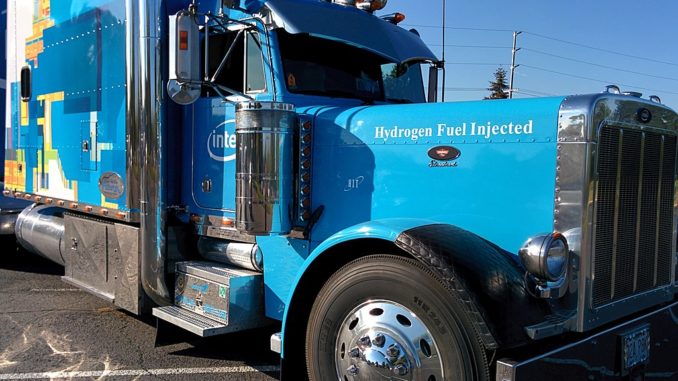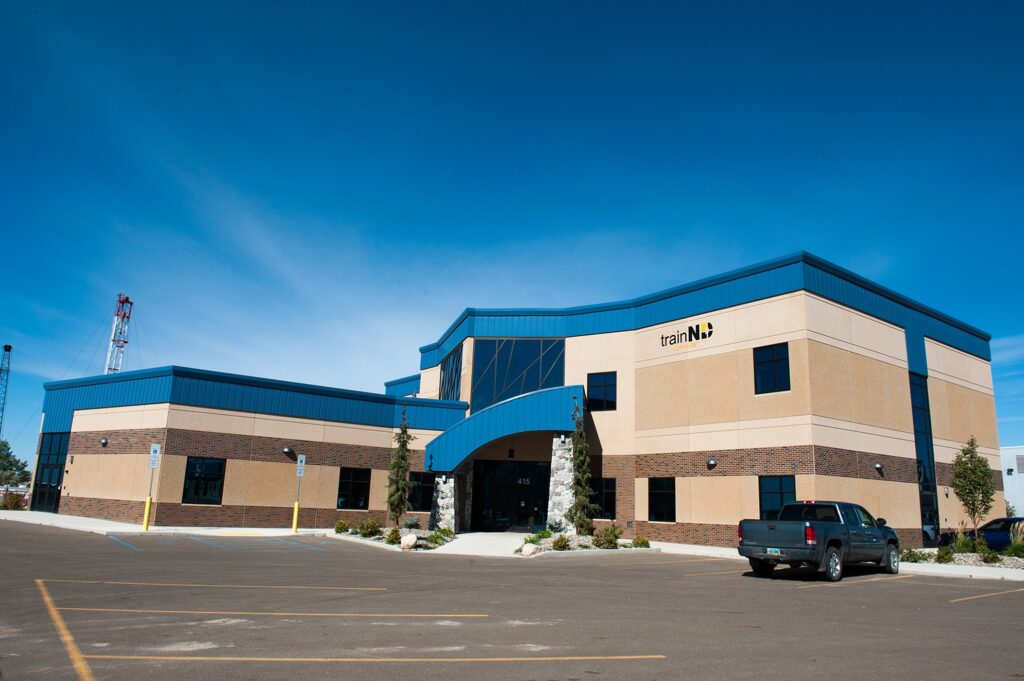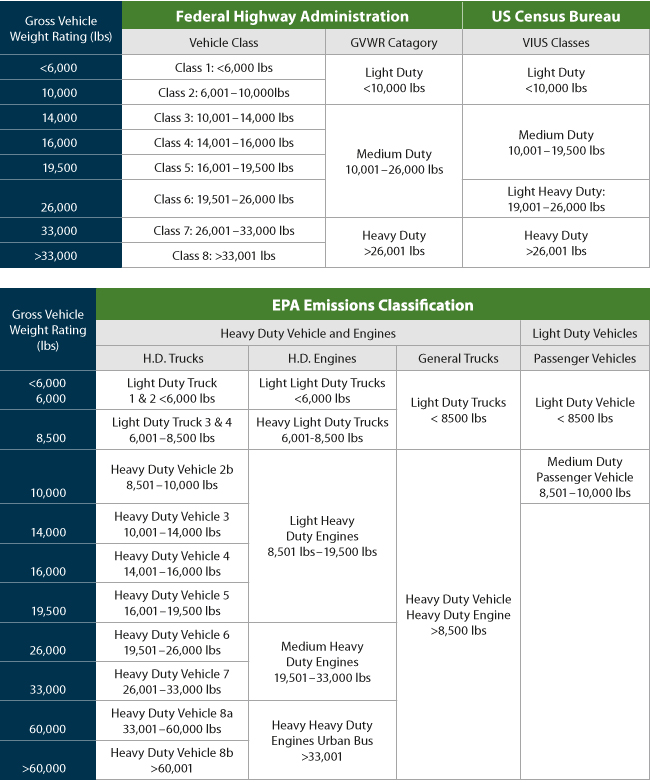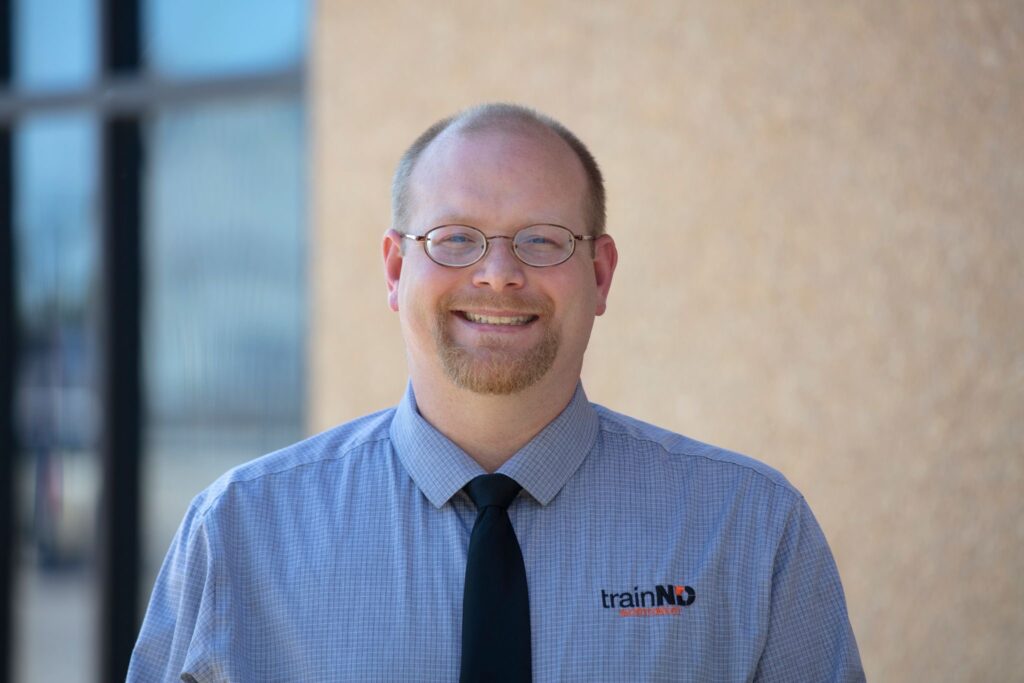

In the fifth part of the EVolution Hybrid series, Levi Perkins, Perkins Electric Innovations and Jason Spiess, founder of The Crude Life, discuss the roadblock known as the supply chain.
Perkins explains how the rare earth minerals and foreign imports have created a new issue in the economy. He specifically discusses the surge in EV Agriculture equipment.
Perkins attended a World Ag Show recently and was taken back by the number of EV Projects now existing in agriculture compared to last year.
“Last year at the show I do not recall any EV farm machinery or equipment,” Perkins said. “This year it’s all I can recall is the number of companies pitching EV services.”
Spiess specifically asks if this is policy driven rather than free market. Perkins believes so. The two discuss how the recent legislation has created a marketplace where dollars are directing who gets preferred treatment.”
“Are these companies showcasing multiple EVs or are they showing a prototype and hoping for orders?” Spiess asked.
“Prototypes mostly that I could see,” Perkins said. “In my opinion, based on what I’ve seen and experienced, I do think the Agriculture market got and is getting preferential treatment with the supply chain right now.”
The two discussed the rationale from feeding the world to political posturing, thus pontificating whether the distribution channels would be next on the government EV priority list.
The conversation also dives into several examples of how smaller companies are having issue getting parts, information and access to the EV supply chain.
If definitely looks like they are favoring the larger vehicle manufactures, that’s where we are seeing all the batteries and controller components going into because they have large production numbers.”
Perkins gives an update on Tesla and Panasonic’s latest EV Batteries as well as parts from companies like Rockwell. He also explains why China is leading the EV market right now due to their historical use and mineral access.
In the fourth part of this series following EVolution Hybrid, a project integrating a traditional semi truck with a combustion engine with a EV battery and electric vehicle technology we get an update on the engine features, roadblocks and successes.
In this exclusive interview with Levi Perkins, Perkins Electric Innovation, and Kenley Nebeker, TrainND Northwest, the two discuss how EVolution Hybrid is ready to take on these traditional challenges, plus a couple anticipated ones too.
In Part Three the challenge is towing and range anxiety.
“If we have a greater amount of weight that we are towing or resistance whether it be a vertical incline or bad roads or a low tire, just things that will impact how much power we are using and increase the amount of amperage by the motor, and that would consume the battery quicker.”
Towing creates conversations about torque as well.
“The electric motors we are using they can build what we call Peak Torque at a really low if not zero RPM,” Perkins said. “This is different from a reciprocating piston where your peak torque could be at a specific RPM usually in the RPM range.”
The interview also discussed tires and how many electric vehicles have specific tires for the vehicle and if someone put new tires on, it impacts how far you can drive. So does temperature.
“An individual going to see his son on Christmas on the east coast was set to drive 200 miles in the below freezing temperature after he hit the SuperCharge Station close to his house,” Perkins said. “When he left his garage the Tesla battery was warm enough to start and drive, only when he got to the charge station and at that point the battery has discharged some but it’s cool enough it will not allow him to charge.”
This transitioned into one of the biggest issues right now for the EV Transition is “Range Anxiety”. Nebeker has had first hand experience and says it is a real thing.
“I experienced range anxiety first hand and absolutely it is real,” Nebeker said. “That question of am I going to get where I need to get is a real worry with range anxiety. With an internal combustion engine with gas motors, you know you have until empty then you have to fill it up. It’s a consistent draw versus unpredictability really.”
In Part Two, the two talked about time and money.
When it comes to life, time is money. In transportation it’s time and weight that equal money. Well in the world of EV Transportation, it’s time, weight and temperature that mean money.
In Part One, the two gave an overview of project EVolution Hybrid, which is integrating an electric battery into a traditional combustion engine while maintaining the classic trucking look. With maybe a hint of flare or contemporary fashions.
“One of the things we looked at with the EVolution Hybrid is the future of the transportation and trucking industry,” Kenley Nebeker, executive director, TrainND Northwest said. “We are really trying to find a way to expose our students and the community to the potential that lies within the electric truck, or in this case a hybrid truck. I’ve never been a believer in all-one-way or another.”
Nebeker is referring to an all EV solution or an all fossil fuel solution. Nebeker believes this project will shine a light on how a “marriage” between the two concepts will ultimately become a viable solution to an energy transition.
“One important part of this project is the look,” Nebeker said. “I like that traditional Americana semi truck look and understand that still connects with the public too.”
One of the ways the electric combustion collaboration can occur is weight. According to Perkins, the weight of fuel, the batteries and cargo are factors when determining your bottom line in business.
“Most Class A trucks vary as there are different models from the manufacturers, but there’s a lot that is similar” Perkins said. “The less a truck can weigh, the more freight you can haul and essentially, generate higher revenues because of it.”
For fleets, this could have significant savings. Perkins dives into the details of sleeper cabs, drop steer axles and other accessories when discussing the weight and revenues in trucking. All these additional details matter when discussing electric batteries and transition.
“Most electric trucks are going to be in the 400-600 kilowatt hour range. Tesla just released a 1000 kilowatt hour battery,” Perkins said. “But interestingly enough in the past three years the battery technology has allowed us to have reductions in weight but still, it is over 10,000 pounds in battery weight.”
The interview also discussed the difference between fuel weight and battery weight. Which would save money in the long haul? Host Jason Spiess cited an example of an interview with Keri Frank, CEO, Comply365, and her integration of iPads in aviation.
“Before iPads, the industry had a 50-plus-pound black metal box that contained procedure papers required by law,” Spiess said. “After Keri Frank got the industry to transition those papers to an iPad, not only did they see an immediate impact by not printing new sheets every time a new code was issued. But the real savings they saw was over a year in fuel savings. The weight over time was nickels turning into dollars.”
Both Nebeker and Perkins agreed with the sustainable savings and how trucking companies will see similar results.
Another area of change or transition EVoltion Hybrid will see is jobs. Nebeker is anticipating changes with mechanics, IT and other areas of trucking and transportation, and is in constant contact with the supply chain and supporting cast.
Here are some supporting interviews for EVoltion Hybrid and the community of Williston, ND.
Williston’s Wenko Says Economic Development Getting More Diverse
Williston Mayor Talks About The Bakken’s Continued Community Growth
Bakken Small Businesses Staying Busy
Bakken Boom Created An Astounding Educational Opportunity For Williston State Students
The project is scheduled to take 9-12 months, depending on the supply chain, according to Nebeker.
Interviews are sponsored in part by TrainND Northwest – It’s a competitive world. Train for it.
About The Crude Life
Submit your Article Ideas to The Crude Life! Email studio@thecrudelife.com
About The Crude Life
Award winning interviewer and broadcast journalist Jason Spiess and Content Correspondents engage with the industry’s best thinkers, writers, politicians, business leaders, scientists, entertainers, community leaders, cafe owners and other newsmakers in one-on-one interviews and round table discussions.
The Crude Life has been broadcasting on radio stations since 2012 and posts all updates and interviews on The Crude Life Social Media Network.
Everyday your story is being told by someone. Who is telling your story? Who are you telling your story to?
#thecrudelife promotes a culture of inclusion and respect through interviews, content creation, live events and partnerships that educate, enrich, and empower people to create a positive social environment for all, regardless of age, race, religion, sexual orientation, or physical or intellectual ability.
The Many Ways to Support The Crude Life
The Crude Life is now available on Substack, click here to subscribe
Spread the word. Support the industry. Share the energy.
Click on picture for BIG SAVINGS! Check out these Amazing American Environmental Entrepreneurs!
Don’t forget that the promo code OTIS unlocks big big savings! All promo code proceeds go to Youth Entrepreneurs.

if link is broken, use promo code OTIS at www.mystore.com and www.mypillow.com





